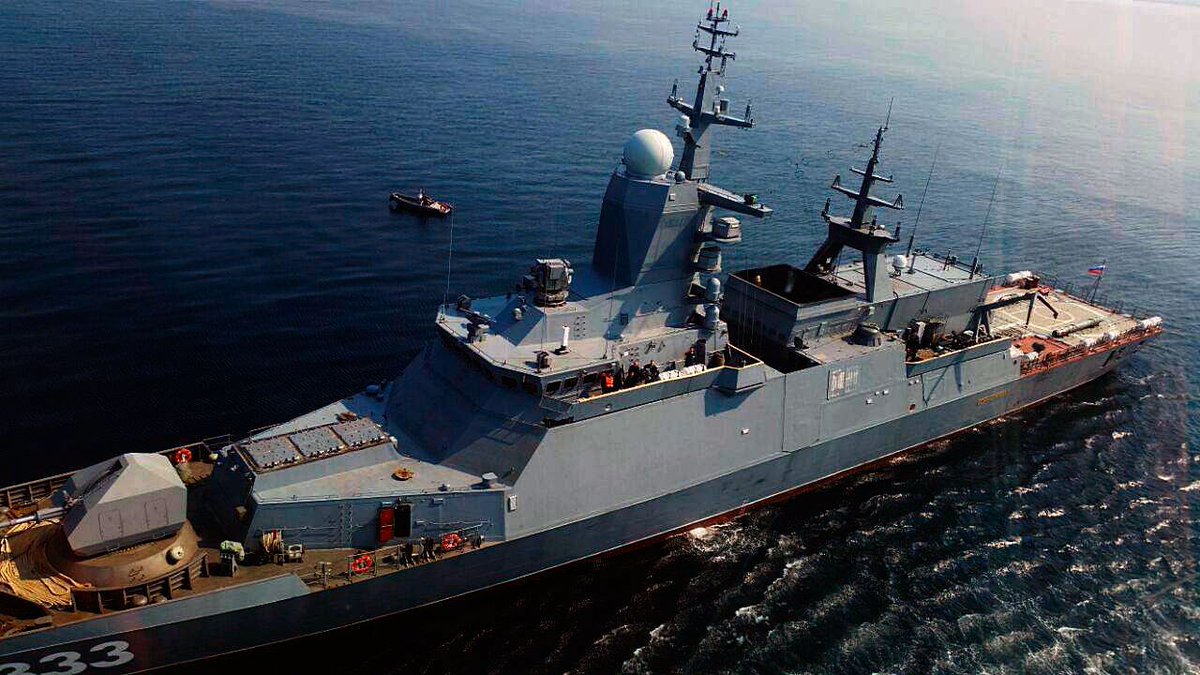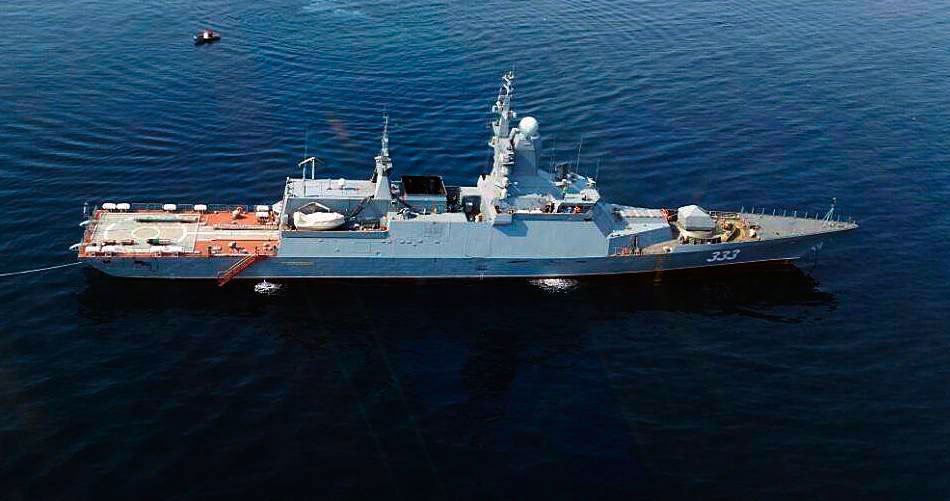Slingshot redux: Russia's alleged ground-launched cruise missile
Thirty years after what appears to be its direct predecessor was banned as a result of the 1987 Intermediate-range Nuclear Forces (INF) Treaty, the United States claims that Russia has now deployed its first battalion of a ground-launched land-attack cruise missile (GLCM), breaching the three-decade old deal.
'We believe that the Russians have deployed a land based cruise missile that violated the spirit and intent of the intermediate nuclear forces treaty,’ US Air Force General Paul Selva, the vice-chairman of the Joint Chiefs of Staff, told the House Armed Services Committee on 8 March. 'The system itself presents a risk to most of our facilities in Europe and we believe that the Russians have deliberately deployed it in order to pose a threat to NATO and to facilities within the NATO area of responsibility.'
Having for several years proved reticent to discuss in any detail allegations of an INF-breaching cruise missile, unnamed US officials were reported as identifying the system as the SSC-8 in an
published in The New York Times on 14 February. The absence of the ‘X’ in the designator indicates the system now has entered service. In the article, one official reportedly claimed that two battalion-size units of the SSC-8 had until recently been held at the Kapustin Yar test range in southern Russia, but that one battalion had been moved to an operational base in December 2016. The SSC-8 is near certain to be dual capable and able to be fitted with either a conventional or a nuclear warhead.
The SSC-8 may be associated with the Russian designation 9M729. A shorter-range cruise missile, for the 9K720 Iskander-M (SS-26 Stone) system, is the 9M728 (SSC-7). The SSC-7 appears to be based on Russian guided-weapons manufacturer Novator’s 3M14 (SS-N-30) family of cruise missiles. The longer-range weapon may well also be part of this family of cruise missiles.
Novator was also the designer of the 3M10 Granat (SS-N-21 Sampson) submarine-launched cruise missile upon which Russia’s SSC-X-4 Slingshot GLCM was based. Over 80 of the SSC-X-4 had been produced along with at least six transporter-erector-launch (TEL) vehicles when the INF agreement was reached. Under the terms of the treaty, these were to be destroyed.
While the 9M728 (SSC-7) has a range around the lower INF threshold of 500km, the SSC-8 has a maximum range likely in excess of 2,000km, with an operational range of over 1,500km. The INF Treaty agreed between the US and the then-Soviet Union banned either side holding ground-launched ballistic or cruise missiles with ranges of 500–5,500km.
At the time of the INF agreement, some analysts in the US raised concern as to the limitations of using ’National Technical Means’ for the cruise-missile-verification element of the treaty. A 1988 US Senate Select Committee on Intelligence noted in a now declassified report that ’US National Technical Means of verification are not as highly effective against ground-launched cruise missiles ... In particular an illegal force of GLCMs could probably not be detected nearly as promptly nor with the same degree of confidence [as a ballistic system]. This is due to their much smaller size and to the fact that they are in almost all respects identical with and virtually indistinguishable from sea-launched versions of the same missile.'
The TELs used for the SSC-8 are likely similar to those of the standard Iskander-M, based on the MZKT 9730 chassis. However, given that the new missile is longer, and possibly in as much as a six-tube configuration, the missile container will likely be larger.
With regard to reports that a first unit has now deployed, the most straightforward option for Russian forces would be to co-locate the battalion set with an existing army missile brigade equipped with the Iskander system, probably in the Western or Central Military District. There are four such brigades at present – the 26th at Luga, the 92nd at Penza, the 112th at Ivanovo and the 119th at Elanskiy.
Of these brigades, it is the last, in the Central Military District, that has attracted the most speculation, primarily because the dates given by the Russian defence ministry for its reported conversion to the Iskander system at Kapustin Yar, in
, coincide with the dates for the first operational SSC-8 unit’s departure from the base. It is possible that it was the 119th Brigade itself that has taken delivery of the SSC-8, given the timing and the apparent similarities between the systems; however, there is at present no public confirmation of this.








